Name Tony Johannot | ||
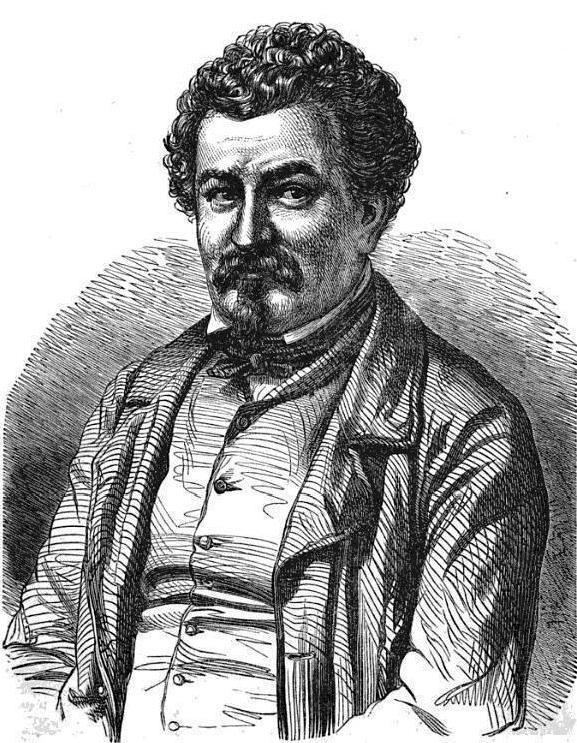 | ||
Died August 4, 1852, Paris, France | ||
Antoine Johannot, known commonly as Tony Johannot (9 November 1803 – 4 August 1852), was a French engraver, illustrator and painter.
Contents
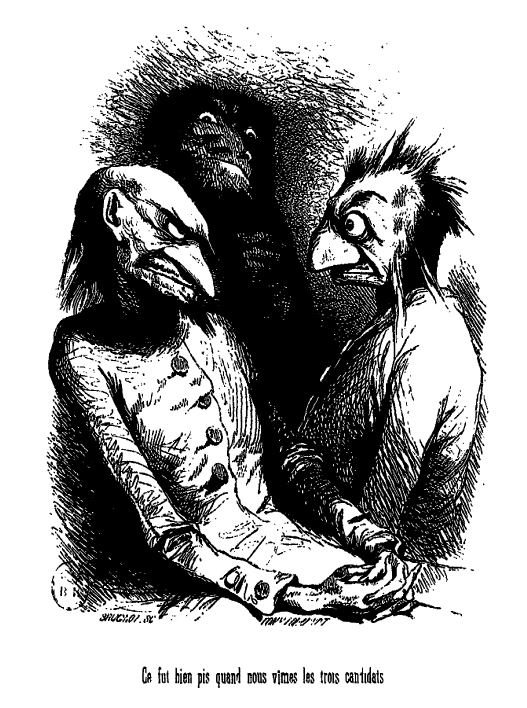
Biography
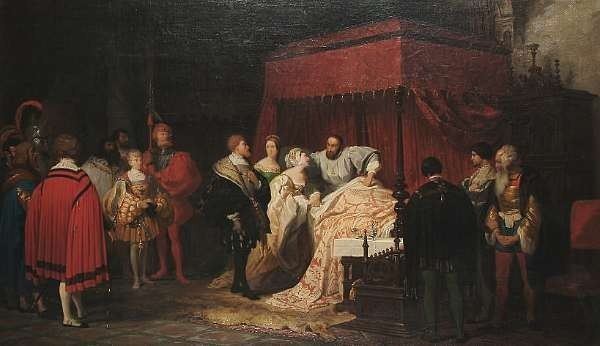
He was born in Offenbach am Main. His father, François Johannot (c. 1760–1838), owned a silk factory in Germany, where the family had fled after the revocation of the Edict of Nantes. He was a painter who was involved in the development of lithography in France. The two older brothers of Tony, Charles and Alfred, were engravers, and Alfred also worked as a painter and drawer. Tony learnt engraving from his brothers and helped Alfred produce illustrations of books by James Fenimore Cooper and Walter Scott. Tony came to prefer wood engraving, but resumed etching in 1845.
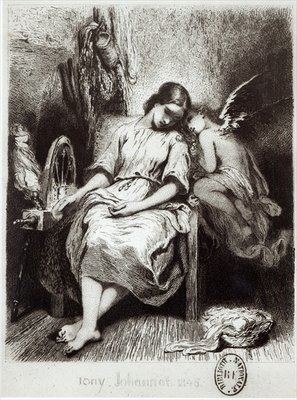
His historical paintings were exhibited at the Paris Salon for the first time in 1831.
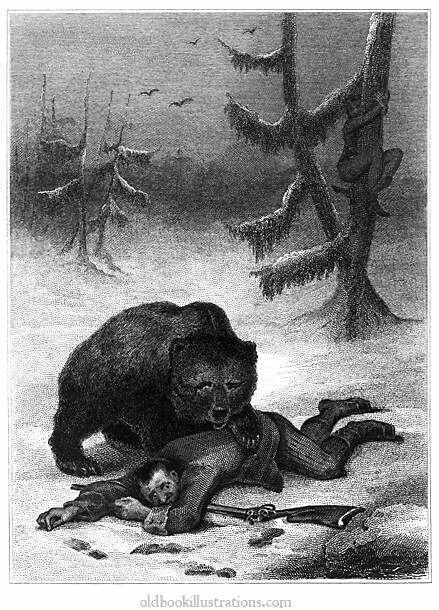
He became an illustrator much prized for his elegance, his diversity, and the lively character of his drawings, which were converted to engravings either by himself or by such artists as Jacques Adrien Lavieille, Émile Montigneul, and Alfred Revel. He was praised by Théophile Gautier:
Tony Johannot can be called, without fear of contradiction, the king of illustration. Only a few years ago, no novel, no poem could appear in print without an engraving in wood bearing his signature: such heroines of delicate frame, with the necks of swans, flowing hair, imperceptible foot, he has confided to the rice-paper! How many vagabonds in rags, knights armoured from head to foot, tarasques scaled and clawed, he has tossed upon the butter-coloured and canary-yellow covers of novels of the Middle Ages; all the poetry and all the literature, of both ancient and modern times, has passed through his hands: the Bible, Molière, Cervantes, Rousseau, Walter Scott, Lord Byron, Bernardin de Saint-Pierre, Goethe, Chateaubriand, Lamartine, Hugo: he has comprehended all. His drawings appear in all these admirable volumes, and not one seems out of place. By the sides of these sublime pages, of these harmonious verses, they are an ornament and no stain; whatever these diverse geniuses have dreamt, he has been able to recreate and pull bodily into his art.Johannot died in Paris on 4 August 1852.
